Most of us eliminate dandelion from our gardens, as we call it a weed,but in fact most parts of it are edible. I have read different opinions of the stem. Some say that no plant with a milky sap in the stem is edible, but others make an exception for dandelion. I have played it safe by never eating the stem, but I have consumed dandelion leaves in salad, finding them tasty, and I have made their flowers into wine. Just a word of advice here, two glasses of it make you want to urinate! The roots of dandelion used to be picked to make dandelion coffee.
One common garden flower that was originally introduced as an edible is the dahlia. Its great variety of flower shape conceals the fact that it is related to the daisy and the sunflower, and we know that the latter produces edible seeds. Dahlia petals can be used in salads, but use only the petals,not the reproductive organs. The bulbs are edible. Initially they taste like celery, though they become sweeter with storage. Tuberous begonias are also edible,you can eat the leaves, flowers and stems. However, those with gout, rheumatism or similar conditions should avoid eating begonias as they contain oxalic acid.
The Rosaceae, the huge family to which roses belong contains a great variety of edible plants, including apples, pears and quinces,as do plums, damsons and cherries. Rose petals can be added as a garnish to salads, though darker cultivars are said to have the stronger flavour. These petals can be used to provide a subtle flavour to a homemade wine. Take a pint of petals, soak them for three days and then add sugar, yeast and yeast nutrient. Leave to ferment out and mature.Some cooks garnish ice cream with rose petals. Rose hips, the little swellings behind the flower are full of vitamin C, they are made into rosehip syrup,but the seeds inside have to be filtered out as they are an irritant. This syrup can be made in a domestic kitchen.
Some other members of the Rosaceae are eaten or drunk. Potentilla repans, cinquefoil, has petals that are brewed into a herbal tea. Another member of this family is Potentilla anserina, sometimes known as Argentina anserina, popularly called silverweed, is known for its edible tubers. Before the advent of the potato silverweed was a staple food in the Celtic regions of the British Isles, where it was known as the seventh bread.


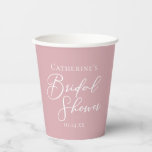
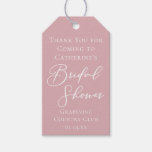
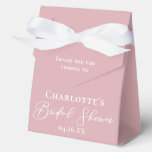
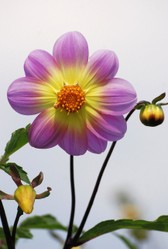

 Pilgrimage. A review20 days ago
Pilgrimage. A review20 days ago
 Leo the Fourteenthon 05/09/2025
Leo the Fourteenthon 05/09/2025
 The Melsonby Hoardon 03/25/2025
The Melsonby Hoardon 03/25/2025
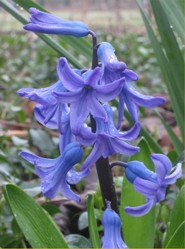
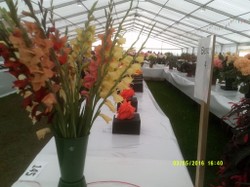
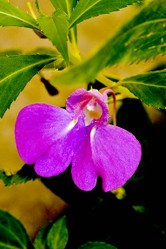
Comments
Many of the explorers were Protestant and had no interest in Mary.
Thank you!
Blue-flowering plants are in evidence in the south upper yard with blue periwinkle (Vinca major), grape hyacinth (Muscari armeniacum), violets (Viola spp) and Virginia bluebells (Mertensia virginica). More, such as chicory (Cichorium intybus), come shortly.
Might blue-flowering plants particularly catch the attention of British-Isles explorers, plant-hunters and settlers because of blue associations as the Our Lady Mary color?
Certainly. But you need to focus on plant hunters, who were equipped for collecting, Rather than the early explorers.
Thank you!
Mertensia virginica appears natively in North America from the Mississippi River eastward to the western pond, northward through Ontario and Quebec in central-south Canada and southward to the Gulf (of Mexico) coast.
But perhaps English, French and Spanish explorers and settlers appreciated their blueness so much that they brought them back to their respective homes and to their respective country's botanic/botanical gardens.
Might that have been possible?
No. I don't think that the Virginia bluebell grows wild in Britain, and I have never grown them.
Virginia bluebells (Mertensia virginica) are blue-i-fying the mossy ground under the box elder (Acer negundo), the silver maple (Acer saccharinum) and the two eastern white pines (Pinus strobus) alongside the black cherry (Prunus serotina).
Online sources identify the aforementioned edible flowering plants as Royal Horticultural Society Award of Garden Merit recipients.
Might you ever have made Virginia bluebells into something edible?
Some plants poison the ground around them to kill other, rival plants, eg rhododendron, walnut and yew, but I have never heard of this happening with cherry. More likely is the possibility that the cherry is out-competing the elder and the wineberry for light and nutrients. Tired--looking leaves suggest a shortage of nutrients.
The United States Department of Agriculture (USDA) describes all parts of the black cherry tree (Prunus serotina) -- apart the fruit -- as poisonous.
Elderberries (Sambucus canadensis) and wineberries (Rubus phoenicolasius) grow amid a lone black cherry and two eastern white pine (Pinus strobus) in the central-north yard. The elderberry and the wineberry fruits look fine -- but not quite as lovely as those growing around the west yard's creek. The leaves always look a bit tired, not quite as green as the latter.
Would toxicity in black cherry roots be communicated to the berry plants and somewhat affect their growth? If not or if so, would it be safe to eat them?
All hyacinths are toxic
Daffodils and grape hyacinth are prettifying the yard. I know that the former are not to be drunk or eaten. But what about the latter?